"The best way to predict the future is to create it." - Peter Drucker.
This powerful sentiment resonates deeply when it comes to our children's health, especially their vision. Globally, the incidence of myopia (nearsightedness) is increasing rapidly. It's a growing concern for many Indian parents who notice their children struggling to see distant objects.
The World Health Organization estimates that by 2050, half of the world's population could be myopic.
Understanding Myopia
Myopia is a common refractive error where light entering the eye focuses in front of the retina instead of directly on it. This causes distant objects to appear blurry, while close objects are seen clearly. While spectacles or contact lenses effectively correct blurry vision, the primary concern among ophthalmologists isn't just correction; it's about controlling its progression.
Myopia often advances during childhood, potentially leading to high myopia, a severe degree of nearsightedness. High myopia significantly increases the risk of serious, vision-threatening eye conditions later in life, such as retinal detachment, glaucoma, myopic macular degeneration, and cataracts.
As detailed by the Mayo Clinic, myopia typically results from an eyeball that is too long from front to back (axial length), or sometimes a cornea (the clear front surface of the eye) that is too steeply curved. Understanding this anatomical basis helps in appreciating why certain treatments aim to slow down this excessive eye growth.
The Multifaceted Causes of Childhood Myopia
The surge in myopia is not attributed to a single factor but a complex interplay of genetic predisposition and environmental influences, as highlighted by numerous studies indexed on PubMed.
Genetic Predisposition: A significant familial link exists. If one or both parents are myopic, the likelihood of their child developing the condition increases substantially. Research published in journals accessible via PubMed consistently shows a higher prevalence of myopia in children with myopic parents. This indicates a genetic component influencing eye development and growth patterns.
Environmental Factors: The Modern Lifestyle Connection: This is where lifestyle choices play an increasingly critical role.
Reduced Outdoor Time: This is perhaps the most heavily researched environmental factor. Extensive studies, frequently found on PubMed, demonstrate a strong inverse relationship between time spent outdoors and the development and progression of myopia.
Increased Near Work and Digital Device Use: The widespread use of smartphones, tablets, and computers for extended periods, coupled with traditional near-work activities like reading, places significant strain on the eyes. While the direct causal link between screen time and myopia is still being rigorously studied, the consensus among experts, including those at the Mayo Clinic, is that prolonged near focus without adequate breaks can contribute to eye strain and potentially accelerate myopic progression. The key is the sustained close-up visual demand.
Early detection is paramount for effective myopia management. Parents are often the first to notice subtle changes in their child's vision or behavior.
Be vigilant for the following indicators, which warrant an immediate comprehensive eye examination:
Squinting: Frequently narrowing the eyes to see distant objects more clearly.
Sitting Too Close: Sitting unusually close to the television, computer, or holding books very near their face.
Difficulty at School: Complaining about not being able to see the blackboard or projector clearly. Teachers might also report this.
Headaches and Eye Strain: Frequent complaints of tired eyes or headaches, especially after prolonged reading or screen time.
Rubbing Eyes Excessively: This can be a sign of eye discomfort or strain.
Lack of Awareness of Distant Objects: Noticing that your child misses details or objects at a distance that you can clearly see.
Poor Performance in Sports Requiring Distant Vision: Struggling in activities like cricket or football, where clear distant vision is important.
As recommended by the American Academy of Ophthalmology and the Mayo Clinic, regular eye exams are critical, even if no symptoms are apparent. For children, this often means an initial eye exam around 6 months of age, then at age 3, and before starting school. For school-aged children, annual eye exams are highly recommended, especially if there's a family history of myopia.
Voices from the Journey: Experiences of Indian Parents
The emotional journey of parents whose children are diagnosed with myopia is often one of initial concern, followed by empowerment through informed action.
"My son, Rohan, started squinting during his online classes during the pandemic," shares Mrs. Kavita Sharma from Bengaluru. "We initially thought it was just eye fatigue, but when he couldn't recognize his friends across the street, we immediately took him to an eye specialist. He was diagnosed with myopia. We felt a bit guilty wondering if we'd allowed too much screen time. But our doctor was very reassuring. We now have a strict 'green time' rule – he plays in the society park for at least two hours every evening. His prescription has thankfully stabilized."
Mr. Sanjay Gupta from Delhi, whose daughter developed myopia at a young age, recounted, "Our daughter, Siya, was diagnosed at 6. It was heartbreaking to see her vision worsen so quickly. Our doctor discussed options, including atropine eye drops. After researching them on PubMed, we decided to proceed. It required daily consistency, but over the past year, the progression has significantly slowed down. We've also prioritized outdoor play and reading physical books, replacing some screen-based entertainment with board games and family activities." These stories highlight the shared experiences of adapting to a myopia diagnosis and the positive impact of proactive management within Indian families.
Dispelling Myopia Myths: Facts from Medical Science
Misinformation about myopia can lead to ineffective or even harmful practices. It's crucial to separate fact from fiction.
Myth: Wearing glasses makes your eyes weaker.
Fact: This is a persistent myth. As explained by the Mayo Clinic, glasses simply correct the refractive error by ensuring light focuses correctly on the retina. Not wearing prescribed glasses can actually lead to increased eye strain and potentially faster progression of myopia due to the eyes constantly trying to compensate for blurry vision.
Myth: Myopia is just a minor inconvenience that can always be fully corrected.
Fact: While glasses correct vision, high myopia carries significant health risks. PubMed articles detail the increased likelihood of serious conditions like retinal detachment, glaucoma, and myopic macular degeneration in later life. Myopia management strategies aim to reduce these long-term risks.
Myth: Eye exercises can cure myopia.
Fact: There is no scientific evidence, as per PubMed reviews, that eye exercises can reverse or cure myopia.
Advanced Treatment and Management Options: A Path to Clearer Vision
The landscape of myopia management has evolved significantly, moving beyond just corrective lenses to strategies that actively slow progression. These treatments, supported by extensive research in PubMed, are designed to reduce the risk of high myopia.
* Low-Dose Atropine Eye Drops: This is one of the most widely researched and effective treatments for slowing myopia progression in children. Administered nightly, it is believed to inhibit eye growth. Ophthalmologists often prescribe low-dose atropine as a safe and effective treatment option for many children, showing remarkable efficacy in slowing progression.
* Multifocal Contact Lenses (Dual-Focus Contact Lenses): These specially designed contact lenses, worn during the day, correct vision while simultaneously creating a peripheral blur that is thought to signal the eye to slow its growth. Clinical trials, many accessible through PubMed, have shown these lenses to be effective in reducing myopia progression.
* Orthokeratology (Ortho-K): These are rigid gas permeable contact lenses worn overnight to temporarily reshape the cornea, providing clear vision during the day without glasses or contacts. Beyond correcting vision, Ortho-K has also demonstrated significant efficacy in slowing down myopia progression, as detailed in various ophthalmology journals.
* Increased Outdoor Time: While not a "treatment" in the pharmaceutical sense, this is perhaps the most universally recommended and evidence-based strategy. Encouraging children to spend at least 2 hours a day outdoors, ideally in bright natural light, has a powerful protective effect against myopia development and progression.
* Controlling Near Work and Screen Time: Implementing healthy visual habits is crucial. The "20-20-20 rule" – every 20 minutes of near work, look at something 20 feet away for 20 seconds – helps reduce eye strain. Limiting recreational screen time and ensuring proper ergonomics (maintaining a healthy distance from screens, good posture) are also essential components of a comprehensive management plan.
A Clearer Future: Empowering Indian Parents
The increasing prevalence of childhood myopia is a significant concern, but it is one that can be managed effectively with knowledge and proactive measures. By understanding the causes, recognizing the early signs, seeking timely professional evaluation, and embracing the latest evidence-based treatments and lifestyle modifications, Indian parents can play a vital role in safeguarding their children's vision. Regular comprehensive eye exams are the cornerstone of this preventative and management strategy. The future of our children's vision is not predetermined; it is shaped by the informed choices we make today. Let us empower ourselves with accurate knowledge to ensure our children enjoy a lifetime of clear vision and boundless opportunities.
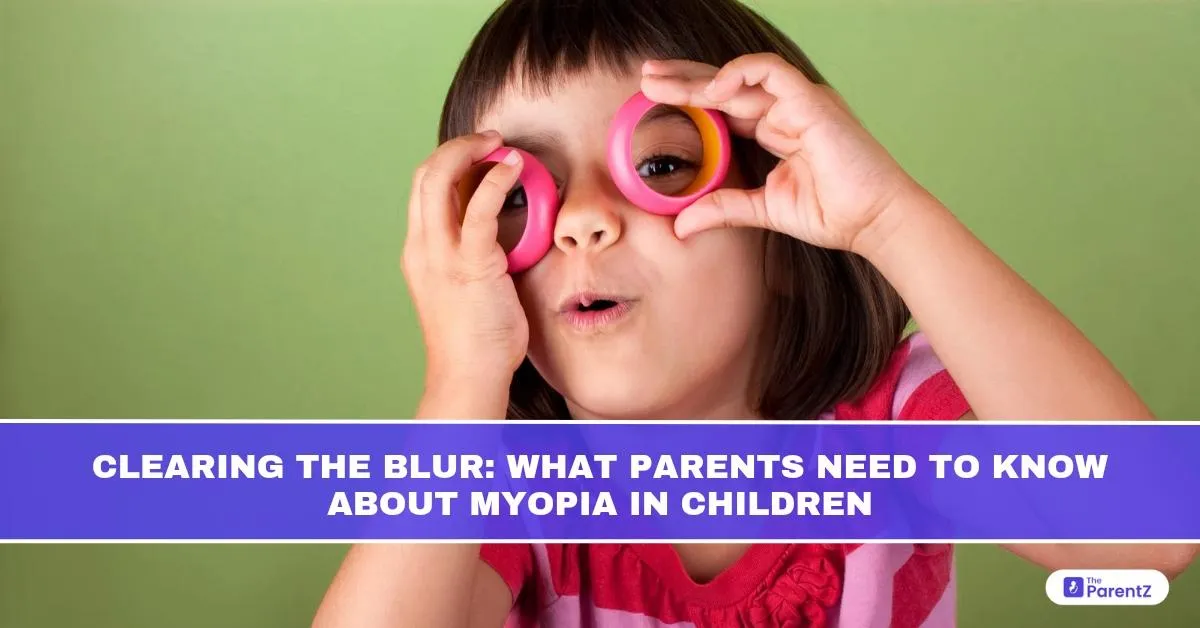


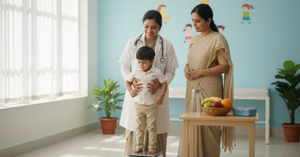
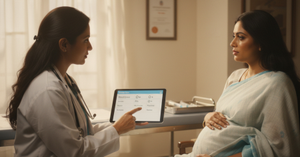

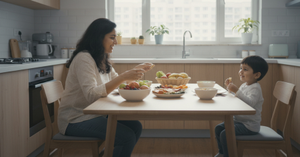
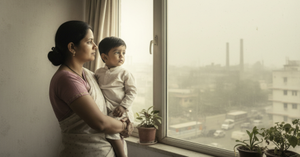
Be the first one to comment on this story.